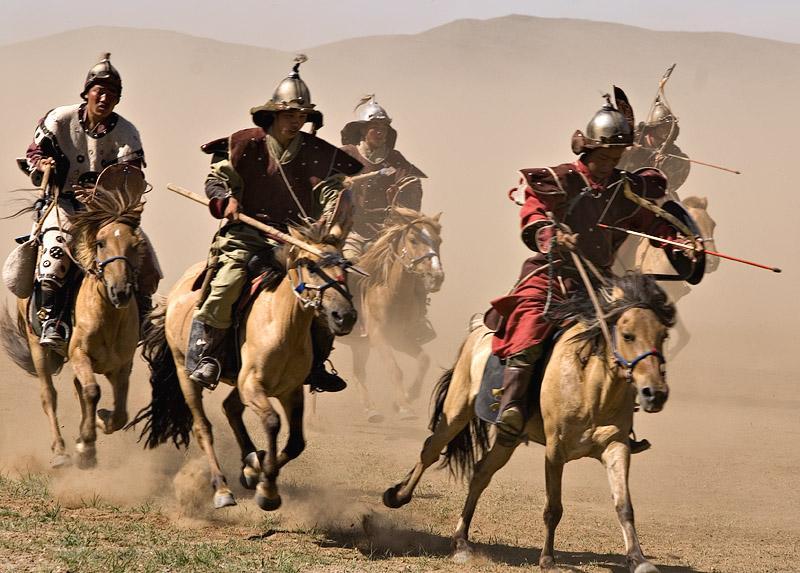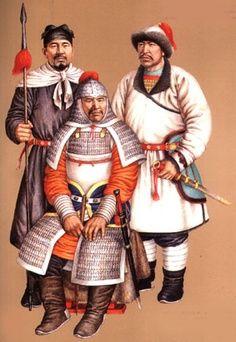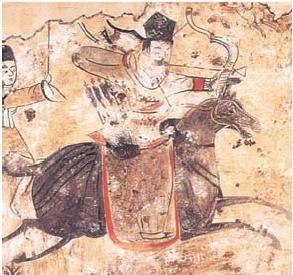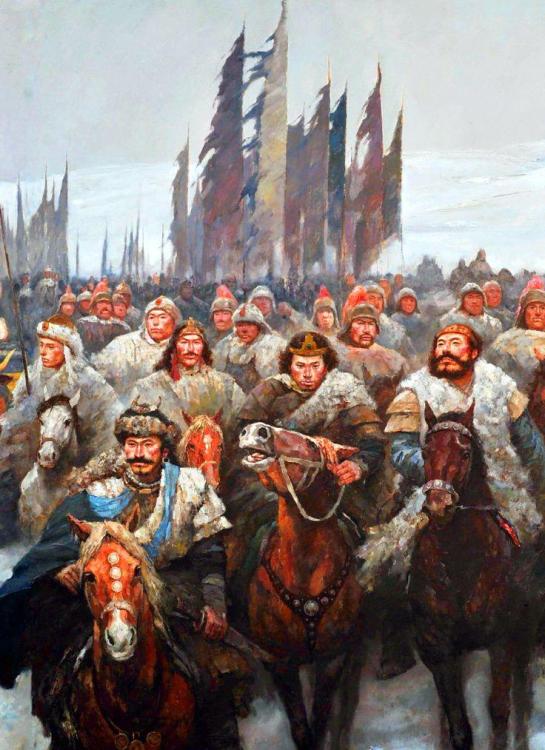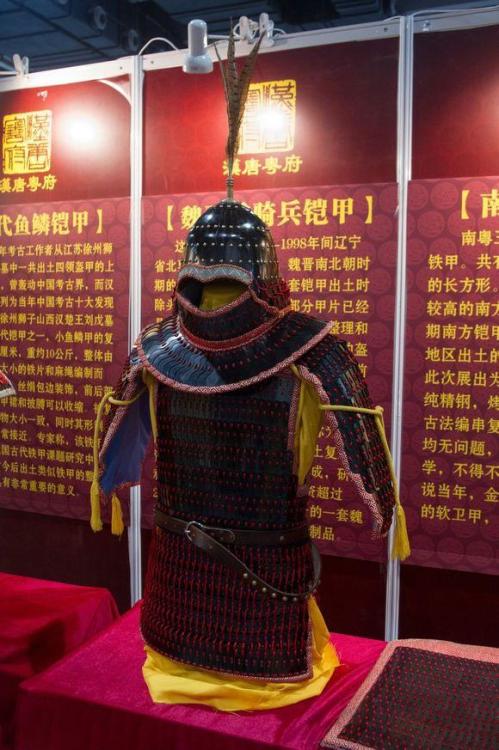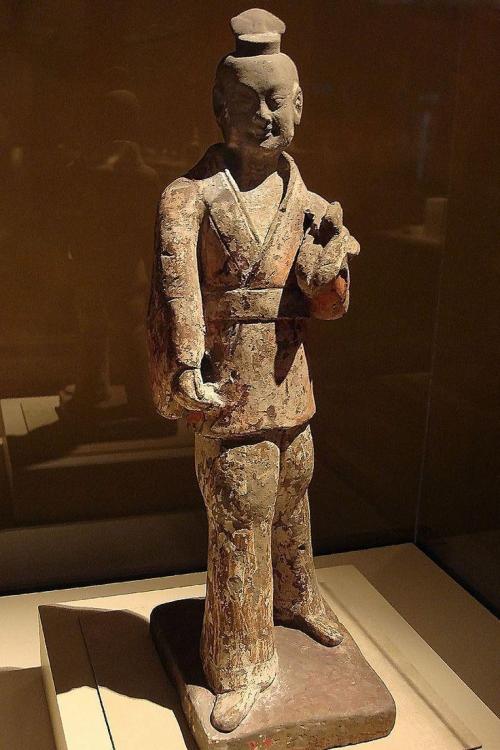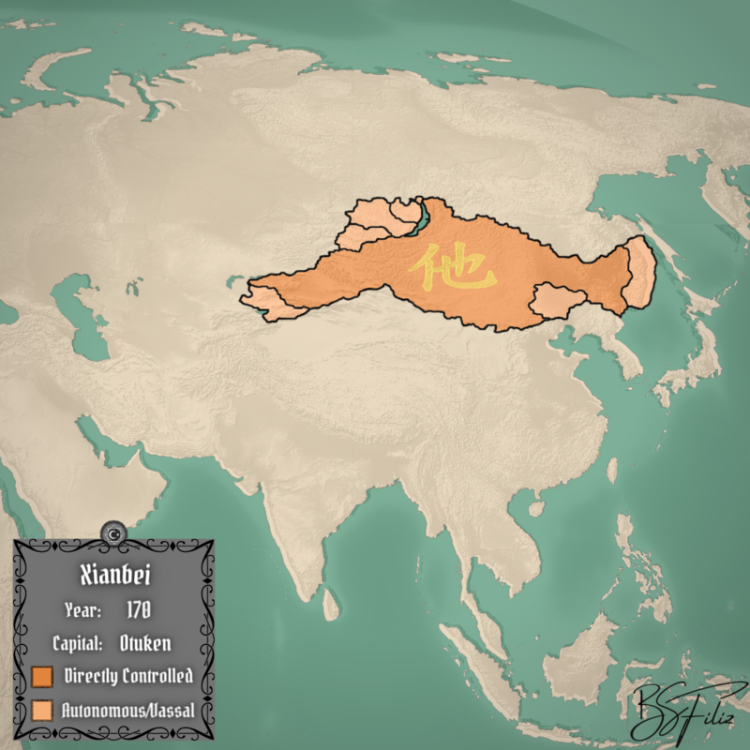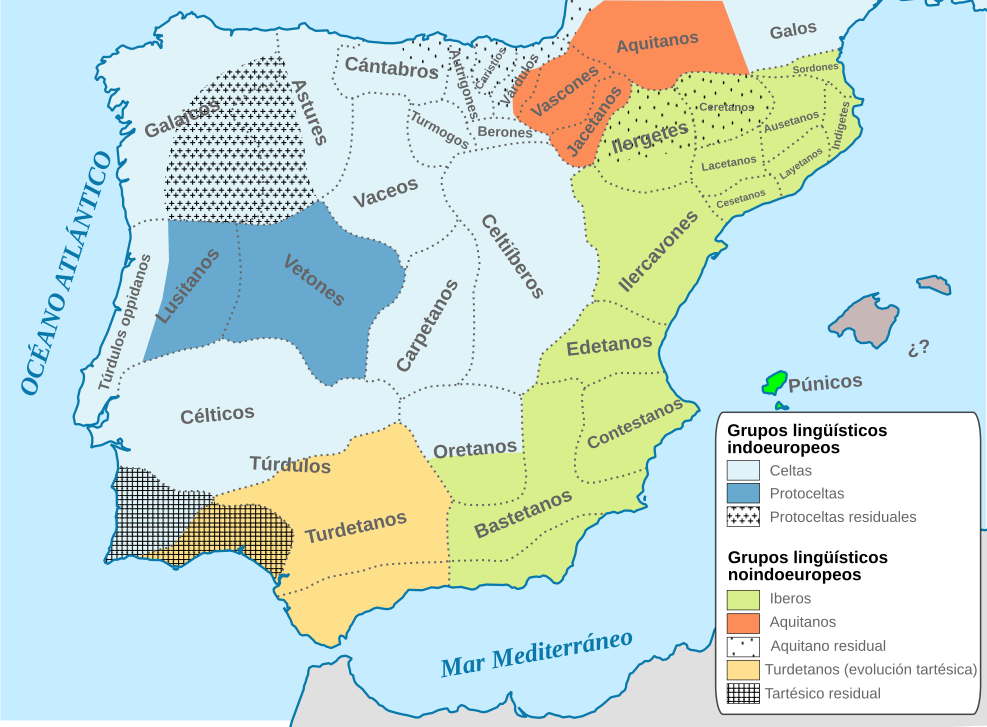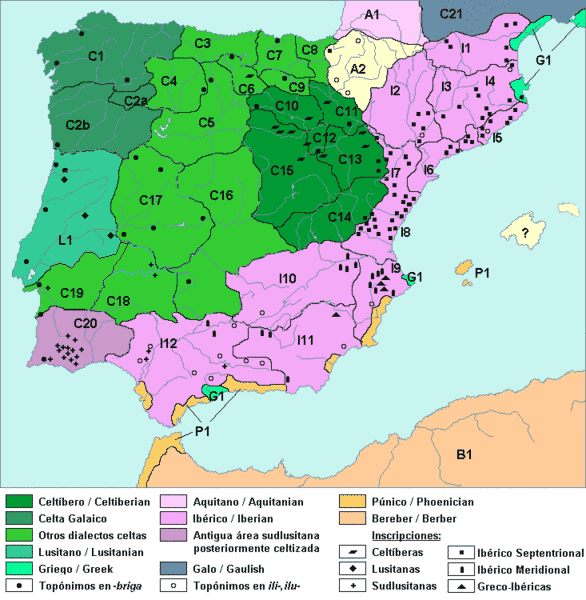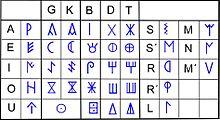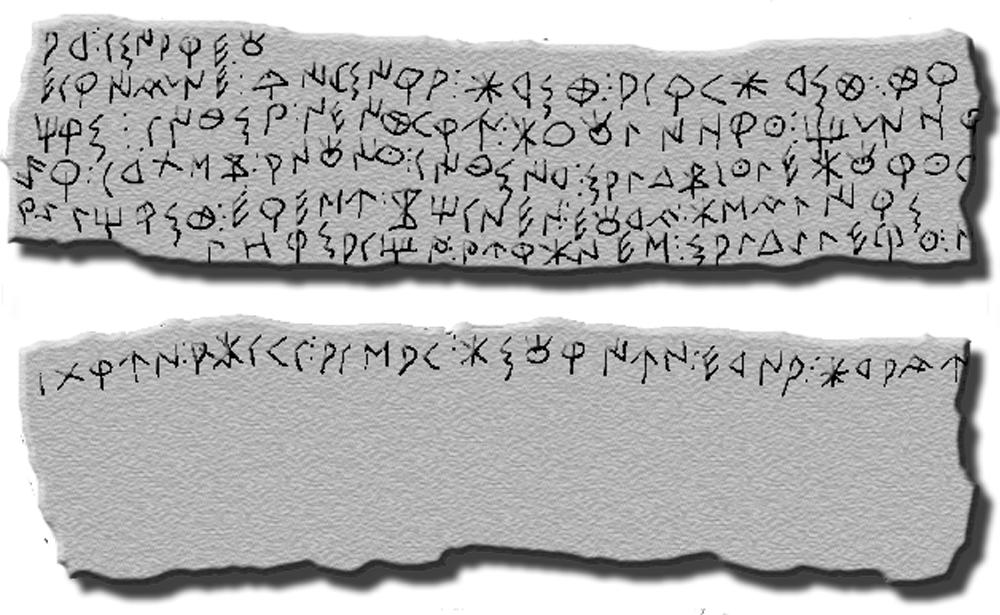Search the Community
Showing results for tags 'culture'.
-
as part of the cultures associated with the wars with the Han dynasty, the Xianbei was one that was more successful than the Xiongnu. Even they were able to attack Wa (Japan). The Xianbei (Proto-Mongol) rulers of the Northern Wei had a very distinct culture and art-style that greatly influenced northern China's aesthetics for the next few centuries. Scenes of great hunts with stylized fauna and tri-colored mountain was frequently seen in the tombs of Northern Wei's aristocrats. The most famous iconography was the 九色鹿 Nine Colored Deer, which came from a Buddhist parable. THE XIANBEI OF THE VAST STEPPES Buyao 步摇 ("step shaker" lit. step sway ) headdress worn by Xianbei women. Like the ancient Scythians, noble Xianbei women wore ornate gold or gilt bronze jewels in the shape of trees or antlers that formed trees on their head. The gilded leaves are crafted separately and would shake whenever the women moved~ hence the name of step shaker. Both the reindeer sound and deer are seen as auspicious by steppe cultures. The Xianbei state or Xianbei confederation was a nomadic empire which existed in modern-day Mongolia, Inner Mongolia, northern Xinjiang, Northeast China, Gansu, Buryatia, Zabaykalsky Krai, Irkutsk Oblast, Tuva, Altai Republic and eastern Kazakhstan from 156 to 234. Like most ancient peoples known through Chinese historiography, the ethnic makeup of the Xianbei is unclear. When the Donghu "Eastern Barbarians" were defeated by Modu Chanyu around 208 BC, the Donghu splintered into the Xianbei and Wuhuan. According to the Book of the Later Han, “the language and culture of the Xianbei are the same as the Wuhuan”. The first significant contact the Xianbei had with the Han dynasty was in 41 and 45 when they joined the Wuhuan and Xiongnu in raiding Han territory. In 49, the governor Ji Tong convinced the Xianbei chieftain Pianhe to turn on the Xiongnu with rewards for each Xiongnu head they collected.[4] In 54, Yuchouben and Mantou of the Xianbei paid tribute to Emperor Guangwu of Han.[5] In 58, Pianhe attacked and killed Xinzhiben, a Wuhuan leader causing trouble in Yuyang Commandery.[6] In 85, the Xianbei secured an alliance with the Dingling and Southern Xiongnu.[4] In 87, the Xianbei attacked the Xiongnu chanyu Youliu and killed him. They stripped the skin off of him and his followers and took the skin back with them as trophies. Confederation After the downfall of the Xiongnu, the Xianbei replaced them with a loose confederacy from AD 93.[2] Qizhijian became the first great war-leader of the Xianbei in 121. From 121 until his death in 133, the Xianbei made regular raids on Han territory.[8] In 145, the Xianbei raided Dai Commandery.[9] Around 155, the northern Xiongnu were "crushed and subjugated" by the Xianbei. The Xianbei chief, known by the Chinese as Tanshihuai, then advanced upon and defeated the Wusun of the Ili region by 166. Under Tanshihuai, the Xianbei extended their territory from the Ussuri to the Caspian Sea. He divided the Xianbei empire into three sections, each ruled by twenty clans. Tanshihuai then formed an alliance with the southern Xiongnu to attack Shaanxi and Gansu. China successfully repulsed their attacks in 158. In 177 AD, Xia Yu, Tian Yan and the Tute Chanyu led a force of 30,000 against the Xianbei. They were defeated and returned with only a quarter of their original forces.[10] A memorial made that year records that the Xianbei had taken all the lands previously held by the Xiongnu and their warriors numbered 100,000. Han deserters who sought refuge in their lands served as their advisers and refined metals as well as wrought iron came into their possession. Their weapons were sharper and their horses faster than those of the Xiongnu. Another memorial submitted in 185 states that the Xianbei were making raids on Han settlements nearly every year.[11] The Xianbei might have also attacked Wa (Japan) with some success. The loose Xianbei confederacy lacked the organization of the Xiongnu but was highly aggressive until the death of their khan Tanshihuai in 182.[16] Tanshihuai's son Helian lacked his father's abilities and was killed in a raid on Beidi in 186.[17] Helian's brother Kuitou succeeded him, but when Helian's son Qianman came of age, he challenged his uncle to succession, destroying the last vestiges of unity among the Xianbei. Qianman was unsuccessful and disappeared soon after. By 190, the Xianbei had split into three groups with Kuitou ruling in Inner Mongolia, Kebineng in northern Shanxi, and Suli and Mijia in northern Liaodong. In 205, Kuitou's brothers Budugen and Fuluohan succeeded him. After Cao Cao defeated the Wuhuan at the Battle of White Wolf Mountain in 207, Budugen and Fuluohan paid tribute to him. In 218, Fuluohan met with the Wuhuan chieftain Nengchendi to form an alliance, but Nengchendi double crossed him and called in another Xianbei khan, Kebineng, who killed Fuluohan.[18] Budugen went to the court of Cao Wei in 224 to ask for assistance against Kebineng, but he eventually betrayed them and allied with Kebineng in 233. Kebineng killed Budugen soon afterwards. https://en.m.wikipedia.org/wiki/Xianbei_state A Xianbei (Proto- Mongol) Warrior in a riding cloak. Many Xianbei warriors were depicted with their elaborate cloaks. A row of Xianbei cavalrymen wearing their scarlet riding cloaks over heavy armor. These elaborate cloaks would not only have extended sleeves but also pockets. https://dragonsarmory.blogspot.com/2018/09/kingdom-of-norther-wei-1-dark-age.html?m=1 Replica iron lamellar armour of the Xianbei people during the Sixteen Kingdoms period of China (304 AD - 439 AD). The armour is displayed without the cuisses/thigh guard. This replica is made by 蕭何. A warrior in Xianbei-style costume, Northern Qi. The opening of the upper garment is zuoren.Gary Todd from Xinzheng, China - Northern Qi Pottery WarriorIn Xianbei-style costume. National Museum: China through the Ages, Exhibit 5
- 18 replies
-
- nomads
- barbarians
-
(and 2 more)
Tagged with:
-
(TRADUCCIÓN EN CASTELLANO EN EL SIGUIENTE POST) Hello! I love this game. I've been playing it for years! But I still do not understand why in the game the Iberian culture seems the culture of the beggars, apart from the historical-artistic inaccuracies that it has. I have to understand that there is a lack of knowledge about this culture and as a scholar in the subject that I am, I would like to offer you a realistic view of it. In this first post, I want to talk a little about the cultures that were in the peninsula and take advantage to remark something that I find so disconcerting, as when Quentin Tarantino confuses Spanish culture with Mexican culture and puts the Mexicans singing flamenco in their films, and it is the language that has been put to the Iberians in the game: the vascon or euskera. In the Iberian Peninsula we have several cultures that could be classified in the following macro-cultures: Celts, who occupied the northwest widely also occupying the interior, these Celts could be divided into 2: The Celtic coast, more ¿fully? (Galaicos and Astures ...) And the Celts of Interior with more particularities (Cantabrians, Vaceans, Celtics and Carpetans / Who could almost form their own group /) Lusitanians, who are also classified as Celts but have a markedly differentiated culture and also linked with the Vettones. Turdetanians / Tartesic, that occupy the south of the peninsula. There are many discussions to classify this culture since the area was a heap and meeting of cultures. Let's leave it there. Celtiberians, who occupied the interior of the peninsula, and as its etymology indicates Iberian and Celtic features. Iberians, who occupied the Mediterranean coast. Can be classified in two: Iberian Levantine, located on the east coast and more linked with the Mediterranean Sea. Iberian Betic, located in the southern region and more linked specifically with the "Sistema Bético" (Some mountains in the southeast). Basques, who occupied a small region on the Cantabrian coast to the north, being a "locked in itself" and isolated town. Curiously at present, the regions occupied by these peoples correspond (more or less) with regions, which have characteristics of ethnography and folklore, and even of language and accent. Celts: Coast: Galicia, Asturias. || Interior: Cantabria, Castilla y León, Castilla la Mancha. Lusitanians: Portugal || Vettones: Extremadura. Turdetanians / Tartesic: Western Andalusia. Celtiberians: Aragón (Fully addition) Iberians: Levantines: Catalonia and Valencia. || Betics: Murcia and Eastern Andalusia. Basques: Basque Country, La Rioja and Navarra. (The latter more gently) The Iberians spoke Iberian and it is true that we do not have a clear dictionary of this language but with a glance to understand that the Iberian culture has little to do with the Basque culture. In fact, in the area occupied by the ancient Basques, Euskera is still spoken, a language that has absolutely nothing to do with Romance languages related to Latin, in fact studies suggest that it is related to the Aquitano spoken in the south of France and the Pyrenees; While in the area that formerly occupied the Iberian people, and that is why I have highlighted the text, a language is spoken, plus a dialect of it, called Catalan. Which makes it more likely by logic, that the Catalan is more linked to the Iberian than the Basque, and therefore the Catalan should be the language they must have in the game. (See a political map of Spain and check it)

.thumb.png.ce58cea22940c255f5b0a735d5abee36.png)
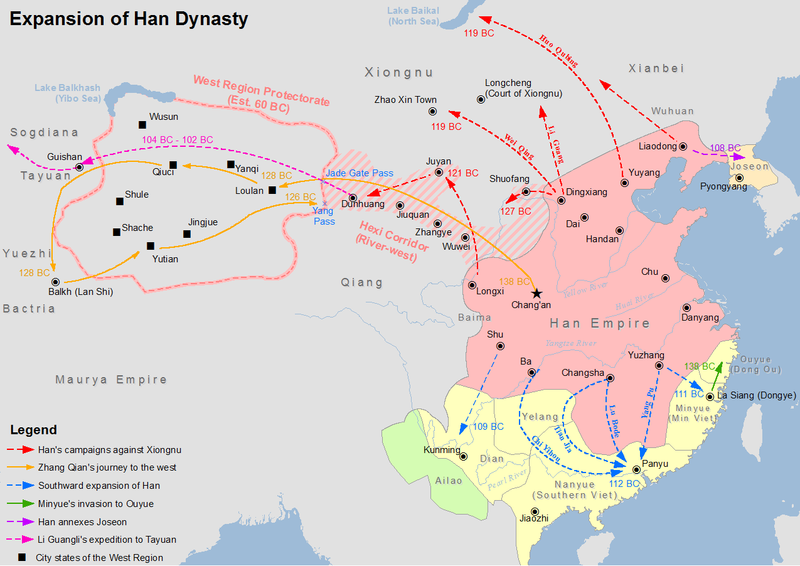
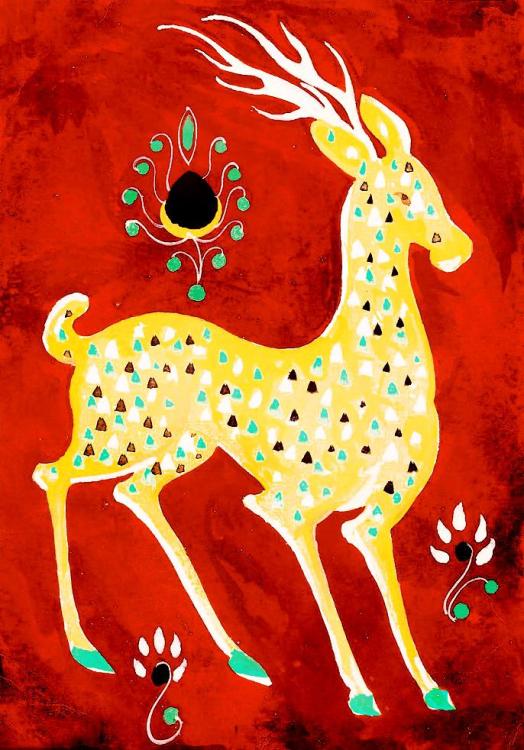
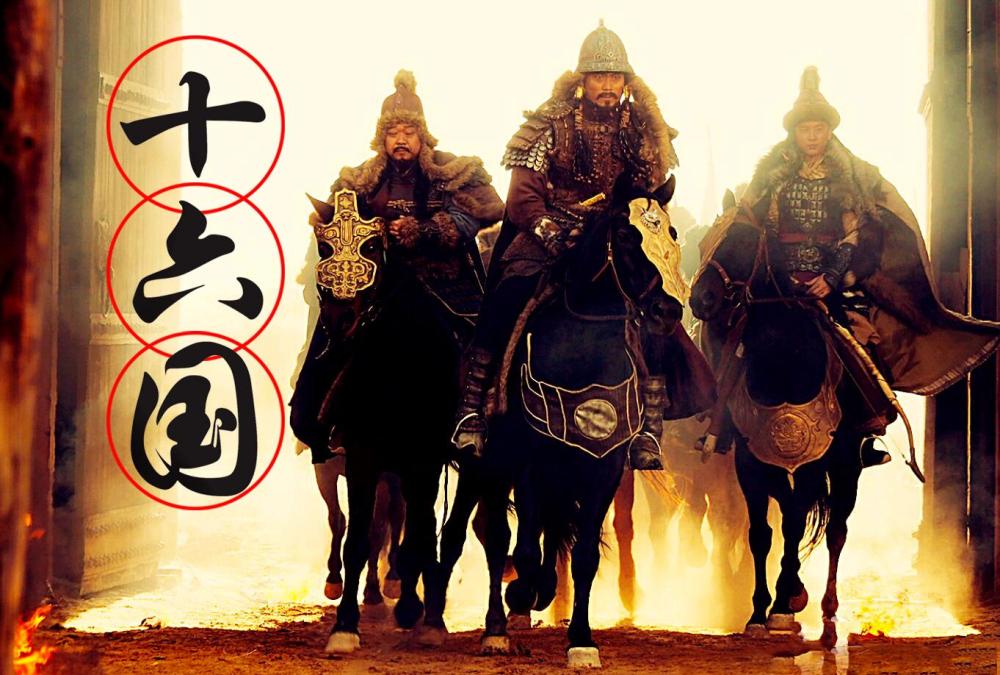
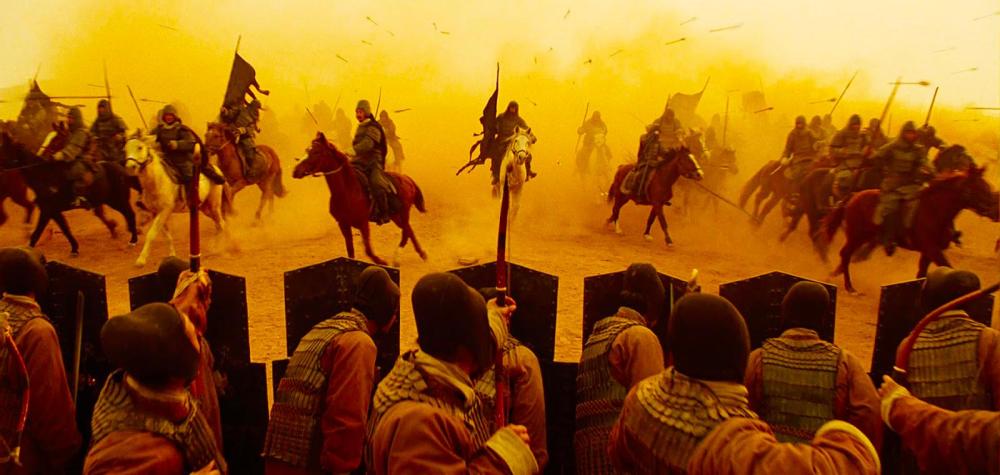
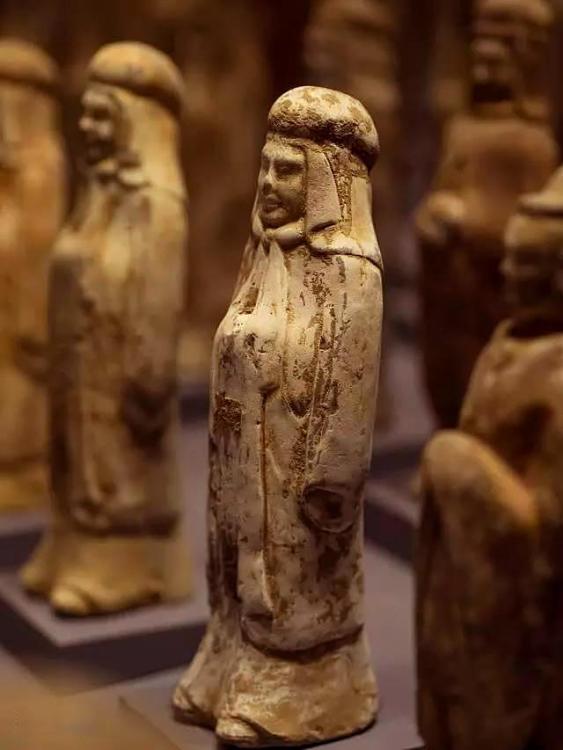
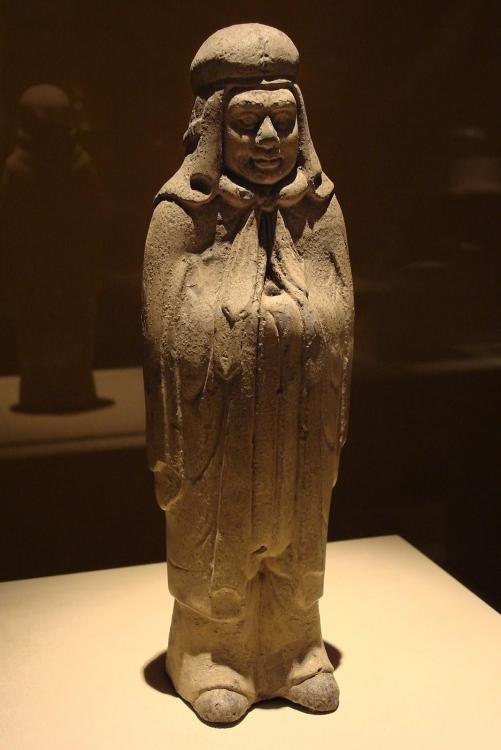
.thumb.jpg.5618d1632b00f28165d15a65a31988e7.jpg)
